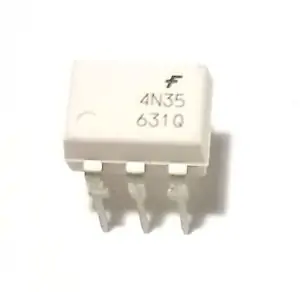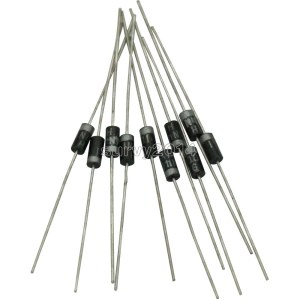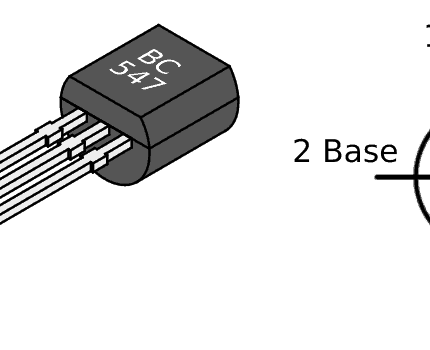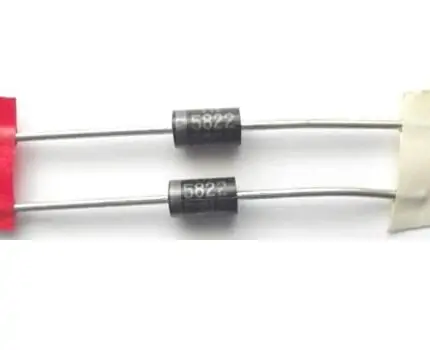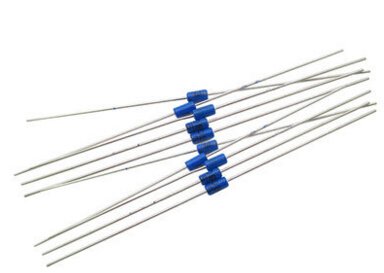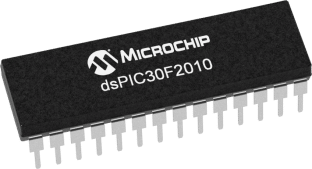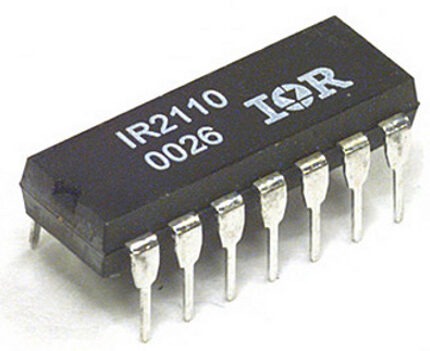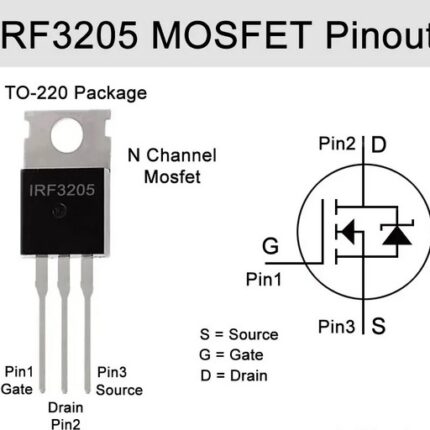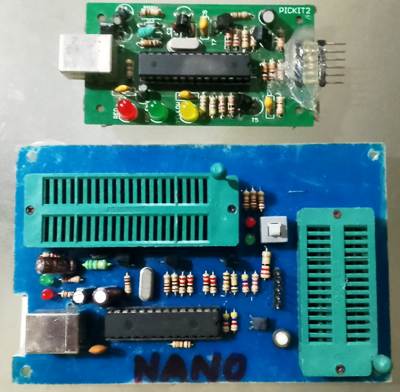4N35
15.00৳
The 4N35 is a general-purpose optocoupler, also known as an opto-isolator. This electronic component uses light to provide electrical isolation between two separate circuits.
How it works
The 4N35 consists of two main parts sealed within a 6-pin dual in-line package (DIP):
- Input side: An infrared Light-Emitting Diode (LED) made of gallium arsenide.
- Output side: A silicon NPN phototransistor.
When a current is applied to the LED on the input side, it emits infrared light. The phototransistor on the output side detects this light, causing it to turn on and allow current to flow through its collector and emitter. Because the signal is transmitted via light, there is no direct electrical connection between the input and output circuits.
Key features
- High isolation voltage: The device provides high voltage electrical isolation, protecting sensitive components from high-voltage spikes or electrical noise.
- High current transfer ratio (CTR): It offers a high CTR, ensuring efficient signal transfer between the LED and the phototransistor.
- Fast response time: The 4N35 has a typical response time of just a few microseconds, allowing for fast switching.
- Multiple package options: In addition to the standard 6-pin DIP, versions with wide-lead spacing and surface-mount (SMD) leads are also available.
Typical applications
The ability to transfer a signal while maintaining electrical isolation makes the 4N35 useful in many applications:
- Interfacing between circuits with different voltage levels or grounds, such as connecting a low-power microcontroller to a high-power circuit.
- Noise isolation in industrial, commercial, and consumer electronics to prevent electrical noise from interfering with signals.
- AC mains detection, allowing a circuit to safely detect the presence of an AC voltage.
- Driving relays or solid-state devices.
- Switch-mode power supply feedback circuits.
Category: Electronics Parts,Spares
Tag: electronics parts
Description
